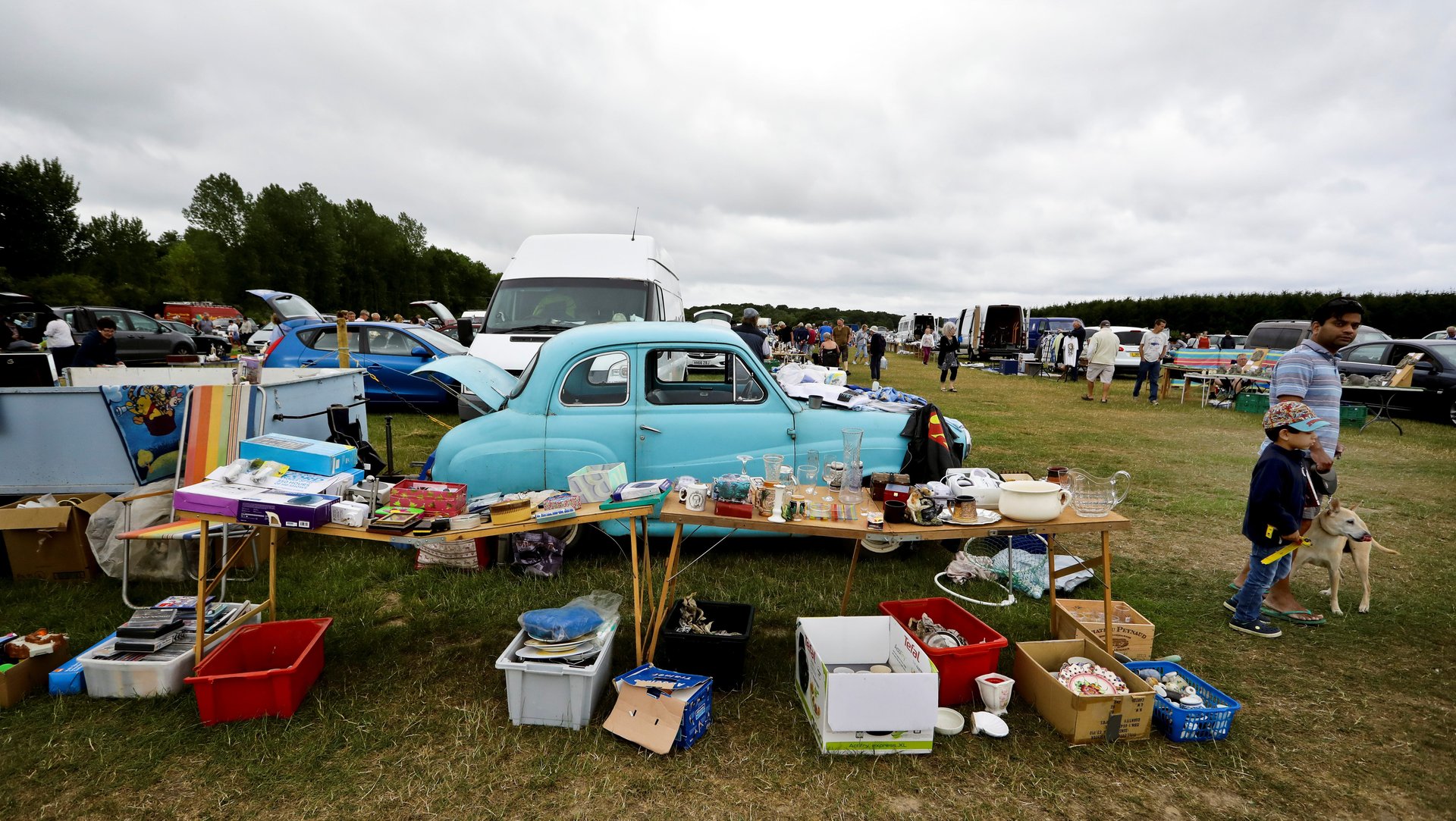New research identifies a simple technique for de-cluttering without heartache
We are a culture obsessed with clutter—it’s why we “spring clean,” watch Hoarders, and preach the gospel of tidying-up guru Marie Kondo.


We are a culture obsessed with clutter—it’s why we “spring clean,” watch Hoarders, and preach the gospel of tidying-up guru Marie Kondo.
Our fixation with keeping versus discarding personal items speaks to the powerful emotions (paywall) we affix to things, which can make them very difficult to give up. Not being able to overcome or move past this emotional connection can make people feel overwhelmed or anxious—sometimes severely so.
“For a lot of us, the reason why possessions are important is not because of the physical possession itself; it’s because it’s tied to some emotionally significant memory,” says Rebecca Walker Reczek, a consumer psychologist and associate professor of marketing at Ohio State University. “When we give up the physical possession, we’re afraid of losing a piece of ourself … It feels like we’re giving away a part of who we are.”
Reczek worked with Karen Winterich, an associate professor of marketing at Pennsylvania State University; and Julie Irwin, a professor of business at the University of Texas at Austin; to explore methods for helping people let go of their goods. In research published this week in the Journal of Marketing, the team found that the simple act of taking a photograph first could make a huge difference.
The group conducted two field studies that proved the usefulness of this technique. One, at Penn State, saw students donate more items to charity if they were encouraged to first take a photo of the items, compared to a control group that was just encouraged to donate things as part of a routine campaign. In a second study, researchers offered to themselves take a picture of any items being donated. When they surveyed donors afterwards, people who received a photo of their possession “reported feeling less identity loss after the donation,” Reczek says. “The idea that you can get rid of the physical possession but keep… that emotionally-laden memory… I think that’s a hopeful message for people.”
The researchers did not examine whether people went back to look at the photos, but Reczek’s guess is they didn’t need to. “I think this is something people use as a way to make the letting-go process easier,” she says.
Reczek also notes that the technique only applies to items we feel sentimental about, not those with a purely utilitarian purpose. “If you don’t have emotionally significant memories tied to something, then taking a photo really won’t change how you feel about donating it,” she says. “[In that case], giving it up is more about utility. ‘Is this something I’m still using?’ ‘Yes’—I keep it. ‘No’— I get rid of it.”
As part of their initial research, Reczek and her team asked people for ideas of how to preserve memories of physical items. While some suggested scrapbooking or writing journal entries or notes about the items, the overwhelming response was to take photos, which informed their subsequent research. Reczek says she initially expected more elaborate or innovative ideas, but understood that photos are intuitive. ”We’re so used to using digital photography, we keep our lives in our phones,” she says. “A lot of time your phone is your memory keeper.”
Which begs a new question: What about all the “digital clutter” filling up our phones—unshared photos, half-finished notes, ancient text messages? “That’s one question that we have not explored in the research,” Reczek says. “I think [that] would be interesting to do.”